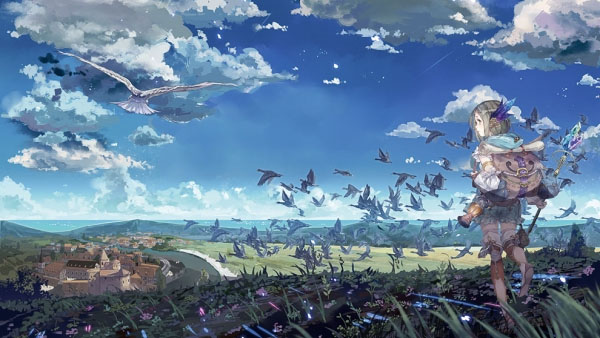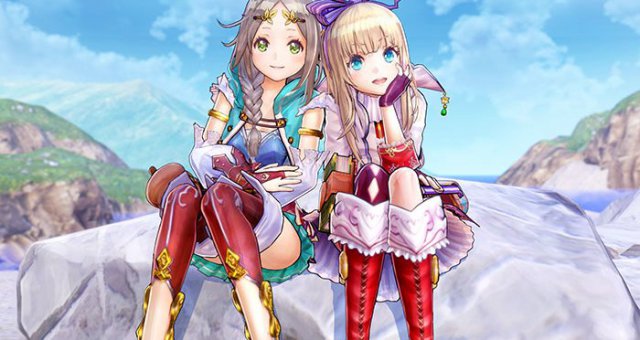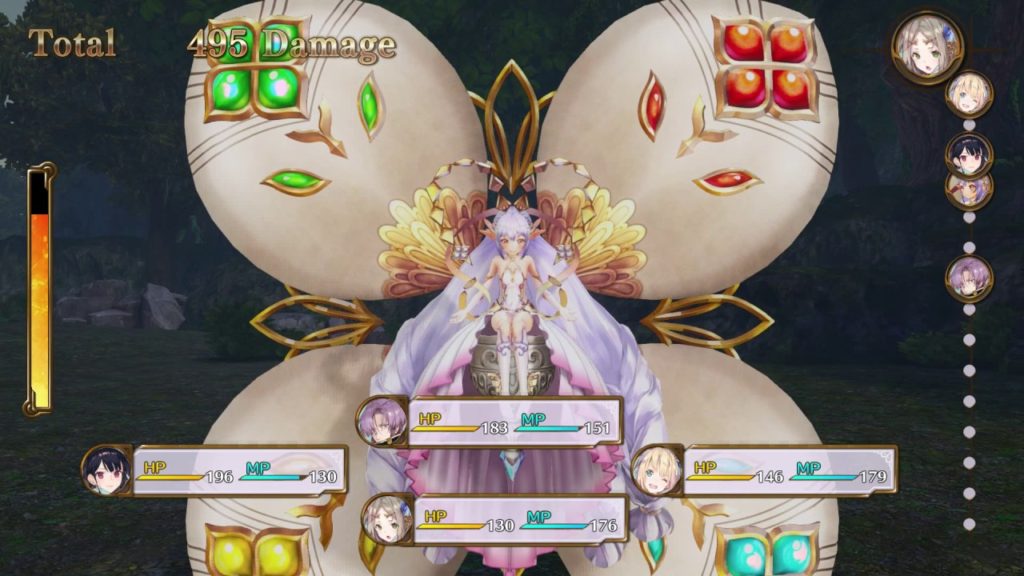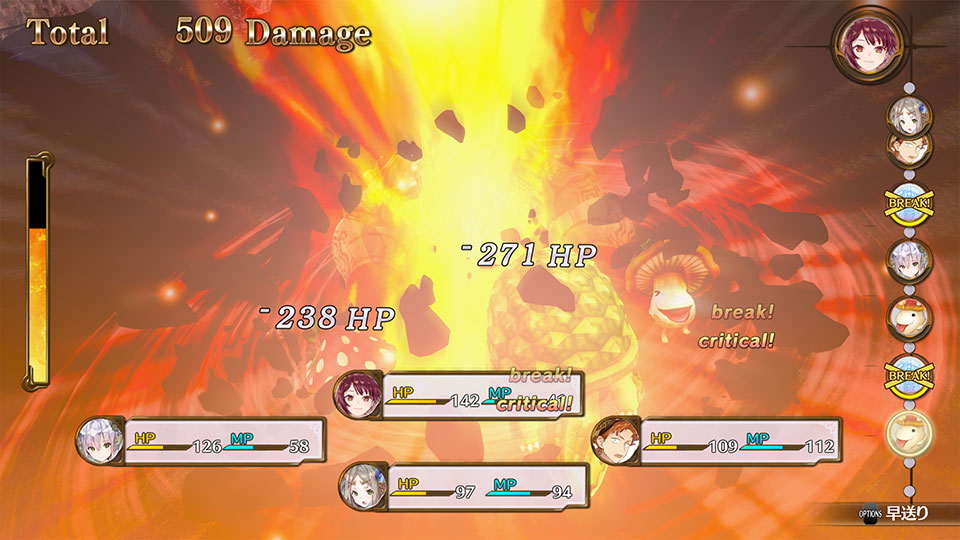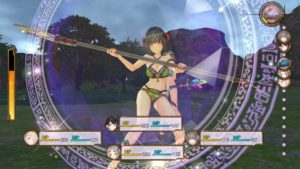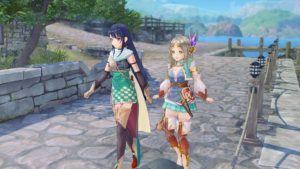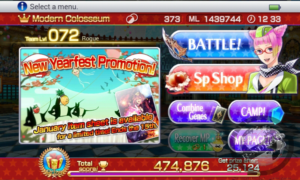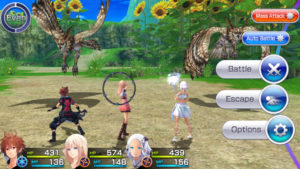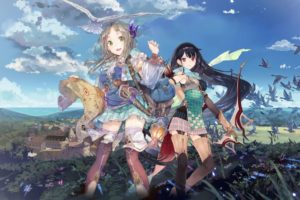 Yay, I passed the alchemist licensing exam! I nearly bombed it, but a pass is a pass. The doctor who graduates at the bottom of her class and the doctor who graduates at the top, at the end of the day they are both doctors!
Yay, I passed the alchemist licensing exam! I nearly bombed it, but a pass is a pass. The doctor who graduates at the bottom of her class and the doctor who graduates at the top, at the end of the day they are both doctors!
The exam has three parts. Part 1 is the Written Exam where you answer questions like “Which of these is not a color of Puni?” I got 11/20. Part 2 is where you synthesize the highest quality item in your arsenal. I synthesized a measly Scale Vest with a quality of 42, which was terrible. Better to go for one of the recipes you have made repeatedly with higher quality. Part 3, they trot out a level 999 slime and you have to use your strongest item to damage it. Meh. After that, no matter how well or poorly you did, Ilmeria will turn out to have the exact same score, so you have to battle her and lose miserably like I did.
After that lengthy ordeal, you pass the exam and go through a looong sequence of credits and further events, during which you cannot save. During which my controller stopped working briefly and made me panic like only faulty technology can. Eventually the game sets Firis and Liane free again, this time for realsies. There’s still day and night and time still passes, but there’s no deadline any more. There’s no goal or objective either, except “Go to Reisenberg and talk to Sophie.” Except I was in Reisenberg just now and the game forcibly returned me to Ertona, and now they want me to travel all the way back? How about “Not until I bloody well feel like it”?
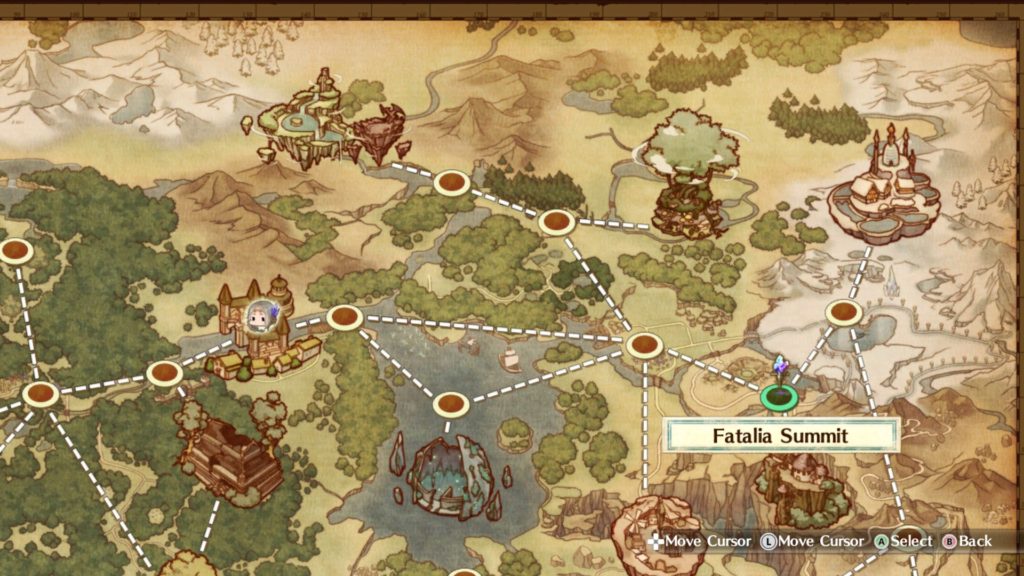 Now that I have my long-awaited freedom, I’m going to enjoy it to the fullest. If there’s a grand story, it’s bound to be rubbish anyway and will almost certainly ruin my mood. So first I’m going to explore all the places I skipped over in my haste to head to the exam – Southern Plains, Quiet Forest, Silent Labyrinth, several field bosses – then, after all that, if I still have the energy, I’ll see about possibly thinking about heading to Reisenberg to maybe consider seeing Sophie. Perhaps.
Now that I have my long-awaited freedom, I’m going to enjoy it to the fullest. If there’s a grand story, it’s bound to be rubbish anyway and will almost certainly ruin my mood. So first I’m going to explore all the places I skipped over in my haste to head to the exam – Southern Plains, Quiet Forest, Silent Labyrinth, several field bosses – then, after all that, if I still have the energy, I’ll see about possibly thinking about heading to Reisenberg to maybe consider seeing Sophie. Perhaps.
What I like about Atelier Firis so far
➕The sheer size of the game, especially compared to Atelier Sophie. There are at least 5 settlements and a ton of NPCs to talk to. There’s also a wide variety of environments, from deserts to icy wastes.
Plus unlike Xenoblade 2, the map isn’t filled in already, so you get to run around and hug all the walls to discover new landmarks, camping sites and foraging spots. And you’re even rewarded for completing your collection with some great cash rewards. Having quest locations clearly marked out on the map is really helpful as well.
➕It’s easy to unlock recipes now, and you can even buy a couple from stores. Not only that, but doing sidequests gives you points you can use to unlock recipes as needed. This really comes in handy when you need something desperately but can’t get the recipe right away, e.g. Alchemic Clay to unlock the (Elixir) category. I’m still not a fan of having recipes locked behind requirements, but this is a much more flexible system so it’s not half-bad.
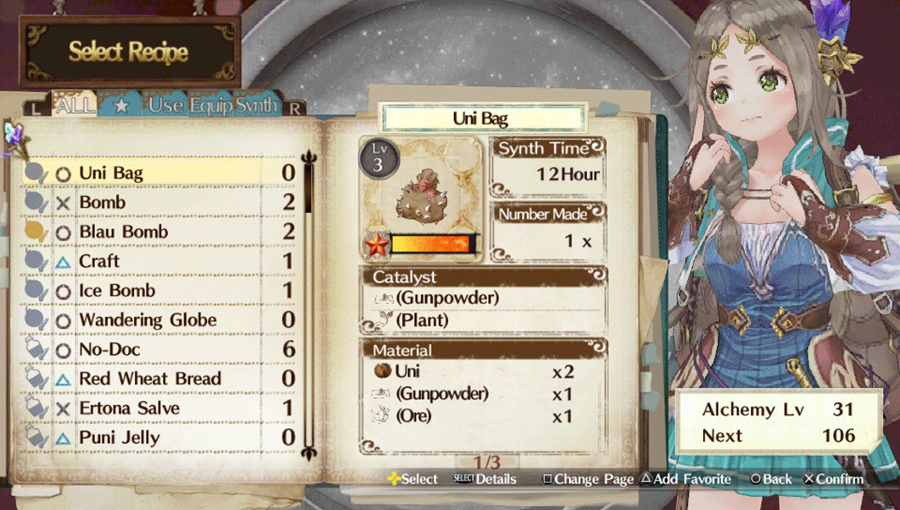 ➕I love the high degree of freedom. I got to dilly-dally and shilly-shally around for ages, traveling from one corner of the map to the other, and I still had plenty of time to spare before the exam. You’ll have to try really hard to waste a lot of time in order to miss the exam. And now that all that jazz is over, I have even more time to explore. Mezase, 100% completion!
➕I love the high degree of freedom. I got to dilly-dally and shilly-shally around for ages, traveling from one corner of the map to the other, and I still had plenty of time to spare before the exam. You’ll have to try really hard to waste a lot of time in order to miss the exam. And now that all that jazz is over, I have even more time to explore. Mezase, 100% completion!
➕Alchemy is fairly straightforward. It’s not that different from Sophie’s system but it’s easier to understand what you need to get what kind of result. Even the catalysts and their effects are clearly spelled out so you know what you’re doing right from the start.
What needs improvement in the next game, but I’m not holding my breath
➖Firis’s squeaky voice and childish attitude is annoying. The side characters are dull and colorless. Pretty sure I’ve said this before.
➖Navigation is a pain. You can warp around places on the same map but not between maps. So if I want to get from the Parched Plains to Reisenberg, I can’t go there directly. I have to warp from one edge of PP to the other, run into the next area, warp to the edge of the next area, run to the next area, etc etc. I hear this will all be resolved once I do some sidequests in the post-exam world, but I would have preferred to have it unlocked from the start.
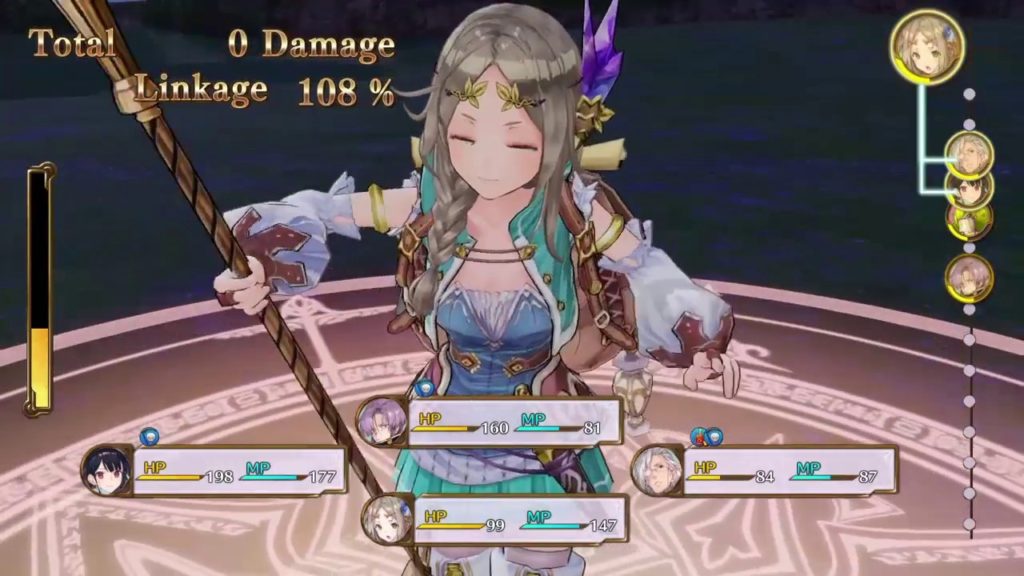 ➖The day and night schedule is annoying. It makes quests a pain when people and stores aren’t available at certain times of the day.
➖The day and night schedule is annoying. It makes quests a pain when people and stores aren’t available at certain times of the day.
➖The camera is a bit wonky. I’m always having to adjust it to show what I want it to show. It’s not bad in wide open spaces, but terrible in towns and cramped places like those useless cave dungeons.
➖The environments are varied, but the enemy variety is extremely low. Palette swaps, palette swaps everywhere. And I’ve been using the same old weapons, armor and items for the past couple of hours so combat is a bit dull as well.
That’s it. I don’t have many complaints about Atelier Firis. It’s good, solid fun apart from a few annoyances, and I’m looking forward to playing to my heart’s content over the weekend and dropping it when I’ve had enough.
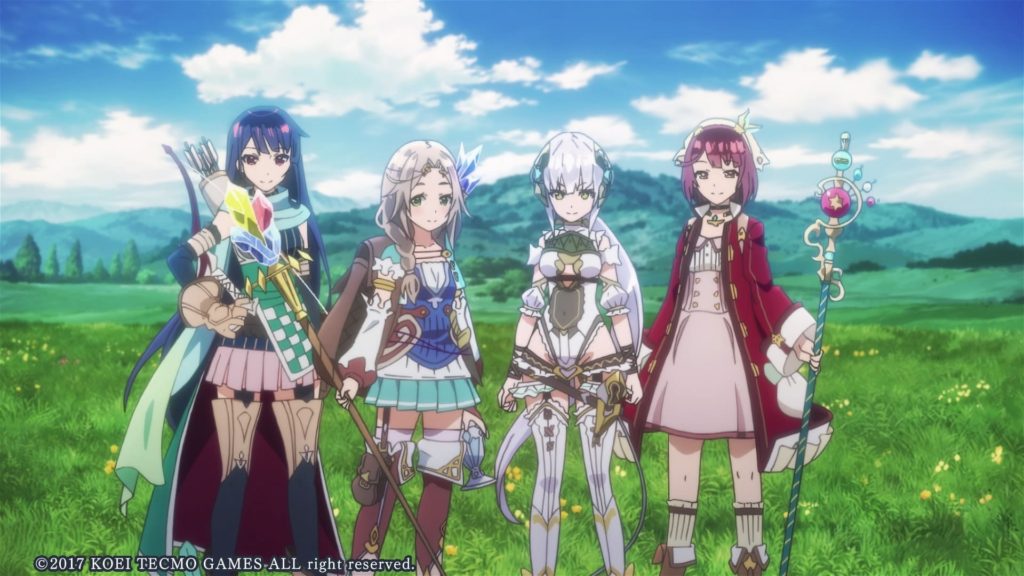 Contrary to my fears after finishing the exam, no real story has showed up in Atelier Firis since I started. Firis wanted to become an alchemist, she became an alchemist, now she’s just having fun here and there. This is the kind of Atelier I wanted to play, so I really like this game.
Contrary to my fears after finishing the exam, no real story has showed up in Atelier Firis since I started. Firis wanted to become an alchemist, she became an alchemist, now she’s just having fun here and there. This is the kind of Atelier I wanted to play, so I really like this game.